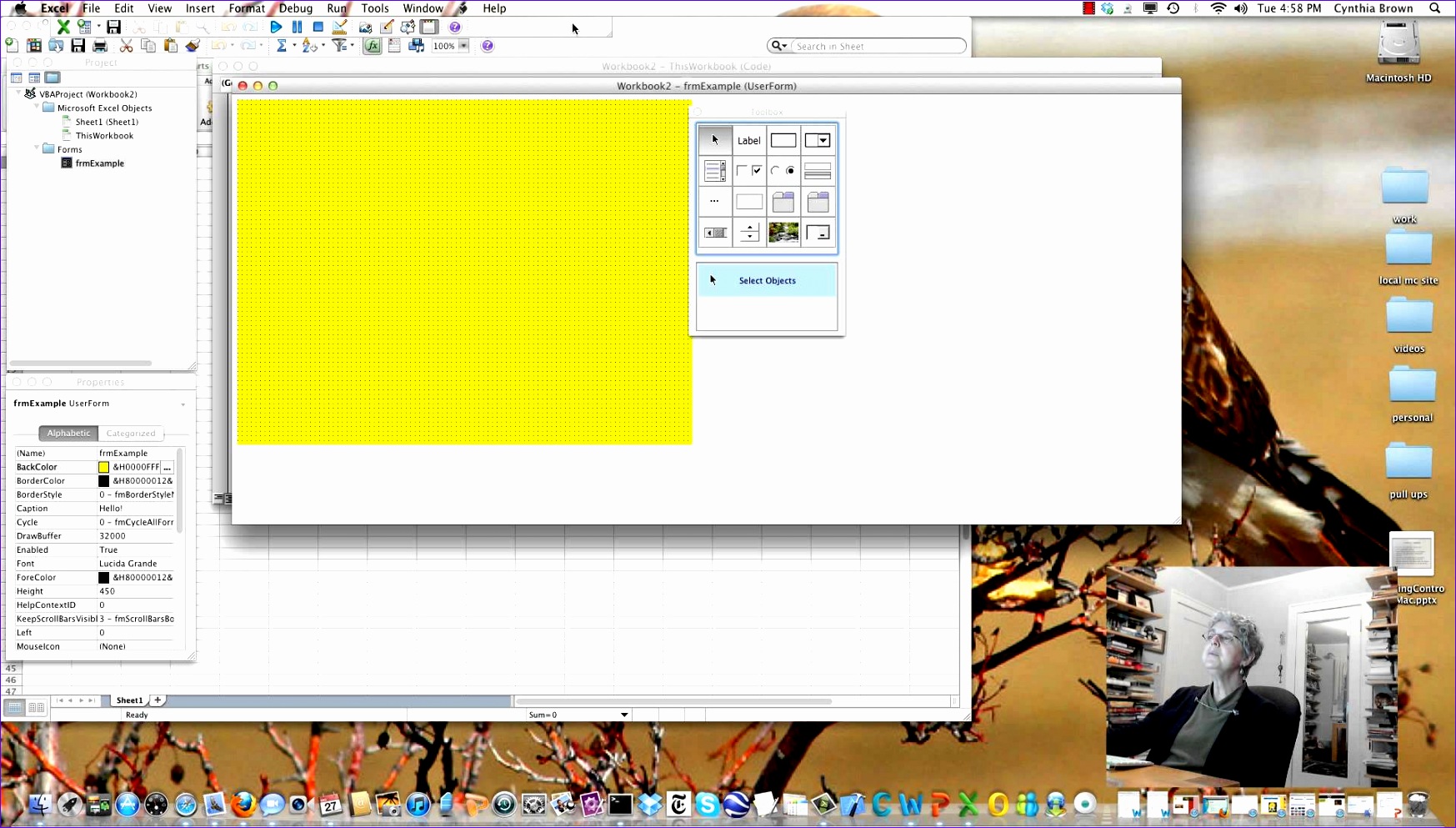Excel For Mac 2011 Form Fields
How to freeze a row in excel mac 2011. Freeze the top row and the first column. To freeze the top row and the first column at the same time, click cell B2. Then, on the View tab, click Freeze Panes. Freeze as many rows or columns as you want. Want to freeze multiple rows and/or columns? You can freeze as many as you want, as long as you always start with the top row and the first column. To freeze the top row, open your Excel spreadsheet. Select the Layout tab from the toolbar at the top of the screen. Click on the Freeze Panes button and click on the Freeze Top Row option in the popup menu. Now when you scroll down, you should still continue to see the column headings. I just signed up for the latest MS Office 365 Business Edition for my MAC through my ISP, Go Daddy. I assume it's 2016. I am unable to freeze several rows because the 'View' drop down menu only allows you 3 choices.
Protect a form in Word for Mac 2011 I have created fairly complex registration forms with editable text fields. I went to Word > Preferences> chose to protect Forms and password protected the forms. Learn how to use PivotTables to summarize, sort, count, and chart your organization's data in Excel for Mac 2011. Author Curt Frye shows you how to navigate the complexity of PivotTables while taking advantage of their power.
Naming a range in Excel for Mac One of the more useful features in Excel that I see a lot of end users overlook is Named Ranges in Excel. A named range is a cell or group of cells that is given a descriptive name.  That name can then be used in a formula in place of the cell coordinates. To define a Named Range, select the range of cells you would like to name.
That name can then be used in a formula in place of the cell coordinates. To define a Named Range, select the range of cells you would like to name.
This can be one cell, a range of cells, a column or row. Click the Name Box in the upper left hand corner of the worksheet, right above the column A. Type the name you would like to call this range and hit enter. By giving cell A1 the name of SalesTax, a formula can now be created in any other Excel cell like this: =B1 * SalesTax, this formula will multiply the value in B1 by the value in the cell named SalesTax.
A named range can also be a group of cells. Let’s say you have sales figures in Column C and Rows 10 through 25.
Select the range C10:25. Again click the Name Box and type JanuarySales. Now in cell C26 if you type the formula =sum(JanuarySales), you will get a total of the named range.

One of the other useful features of names ranges is as a navigation tool. Once you have ranges defined, simply typing the name in the Name Box and hitting enter will take you directly to that named range. This is very useful if you want to quickly jump to a particular cell within a workbook with many worksheets or within a very large worksheet itself. To remove a Named Range choose Insert > Name >Define. Select the Name you would like to delete and press the Delete Button.